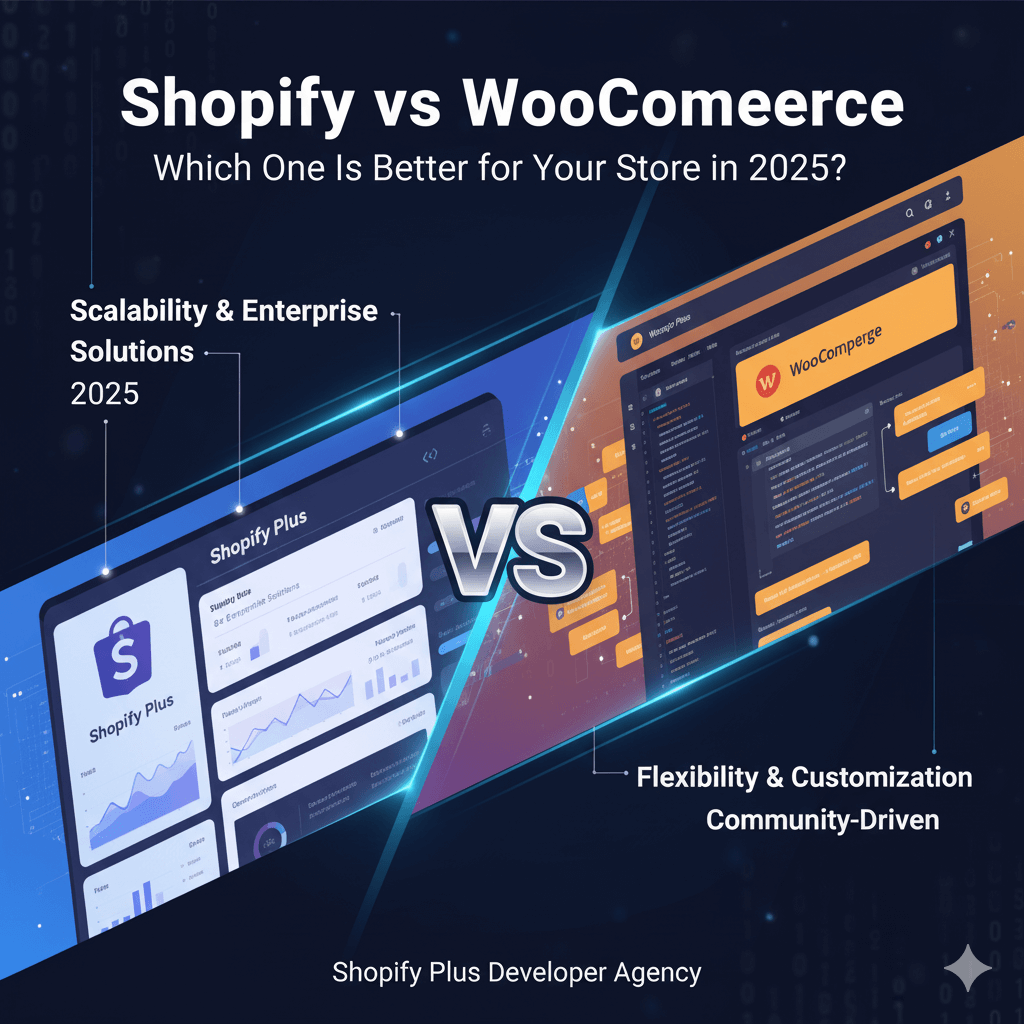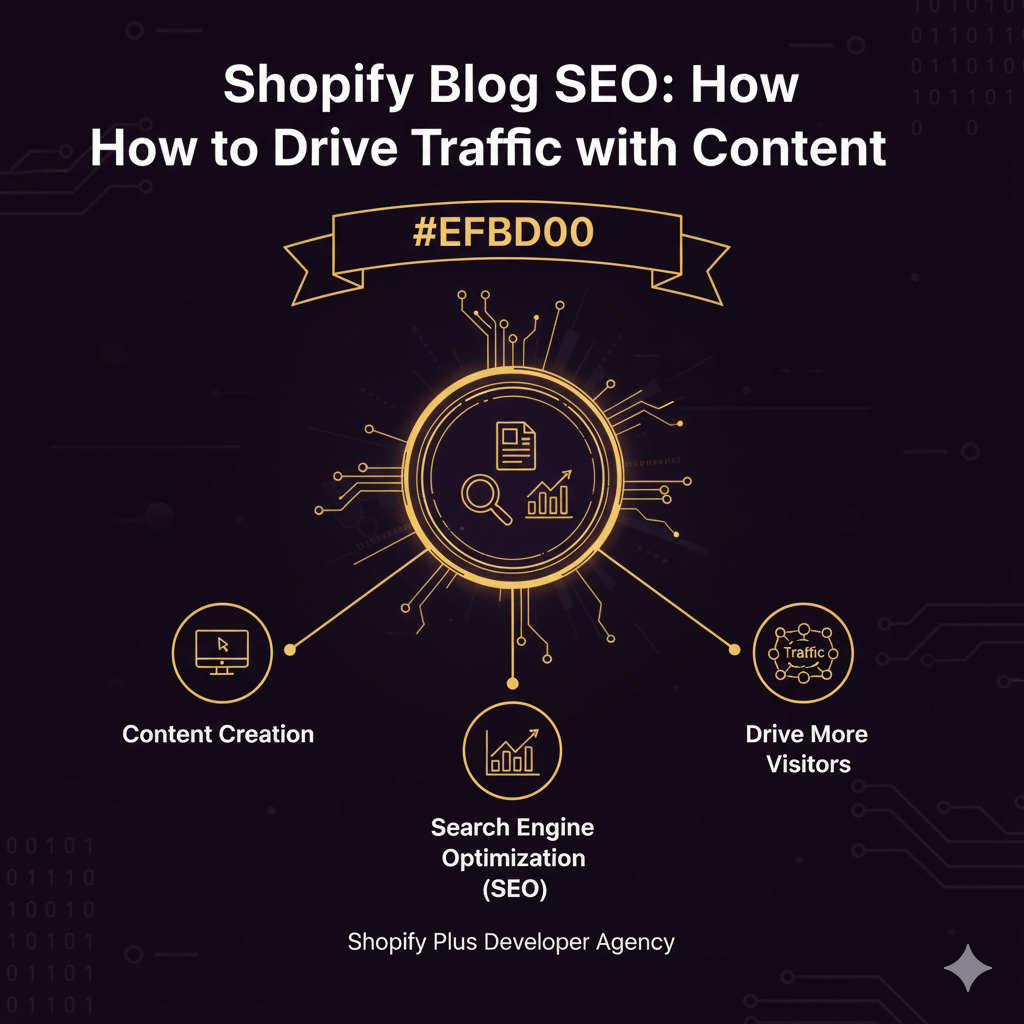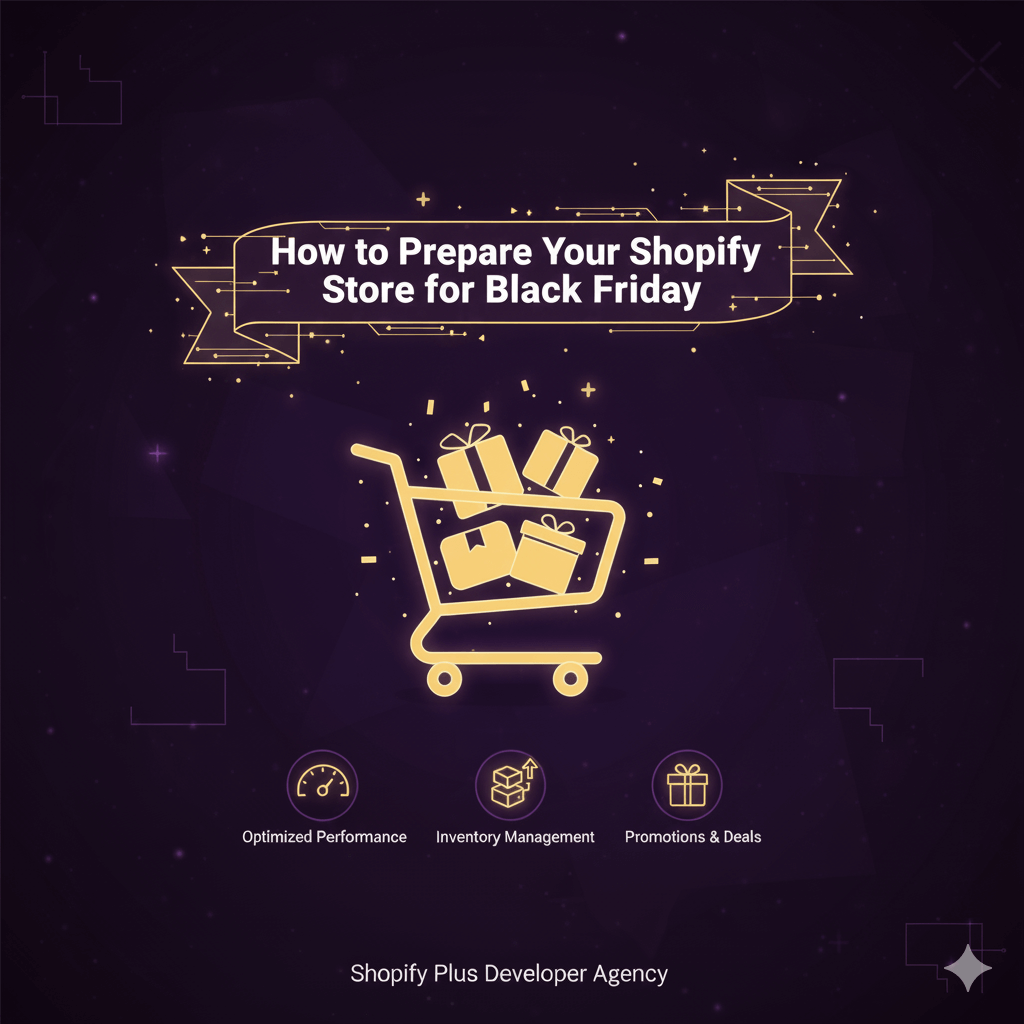How to Start an Online Store with No Experience (Using Shopify)
![]() Published: August 07, 2025
Published: August 07, 2025
![]() Reading Time: 7 min read
Reading Time: 7 min read
Want to stay in the loop?
Subscribe to receive updates, insights, and special offers straight to your inbox.
Starting from Scratch: Is It Possible to Build an Online Store with No Experience?
When you see all those success stories of entrepreneurs making thousands of dollars with an online store, it’s easy to think: "They probably knew what they were doing from the start." But the truth is, many of them (myself included) started completely from scratch.
I had no idea how Shopify worked or how to launch an online store. My eCommerce experience was zero, but I had one thing: the determination to learn. So if you’re in that position, let me tell you… yes, it’s absolutely possible to build an online store from scratch with no previous experience.
The key is choosing the right platform, and that’s where Shopify becomes the perfect ally for beginners. You don’t need to know how to code, design, or manage servers. Shopify handles everything for you, from hosting to design templates, sales tools, and payment processing. All you need is time, consistency, and the willingness to learn.
First Steps: Sign Up and Explore the Shopify Dashboard
The first step I took was signing up for Shopify’s free trial. This allowed me to test everything without making an initial investment, perfect when you’re unsure if eCommerce is right for you or just experimenting.
Once inside, the first thing I did was explore the Shopify admin dashboard. I won’t lie… at first, it felt overwhelming, there are many sections: products, orders, themes, settings, apps… it felt like a maze.
But I didn’t rush. I took the time to explore each section and understand its purpose. I learned, for example, that from the dashboard you can:
- Add and organize products.
- Customize your store using themes.
- Install apps to add specific features.
- Set up payments, shipping, taxes, and more.
And that’s when everything started to make sense. Shopify is built so that even without experience, you can understand how an online store works.
Setting Up Your Store: Design, Products, and Structure
Once I got familiar with the dashboard, it was time for the most fun (and challenging) part: setting up the store. This includes everything from choosing a domain name to designing the storefront and uploading products.
First, I chose a theme. Shopify offers many free and paid themes... I picked a simple, clean one that was easy to navigate and customized it with my brand colors, logo, and a font that inspired trust.
Then I uploaded my products: title, description, images, price, and stock. Shopify makes it very intuitive with step-by-step forms and tools like the image editor and collection organizer.
I also set up:
- Payment gateways (Shopify Payments + PayPal).
- Shipping zones.
- And privacy and return policies (Shopify offers built-in templates for this).
All of this can be done without writing a single line of code, which was a blessing, because honestly, I had no programming knowledge at that time.
The Learning Curve: How I Overcame Feeling Lost
Have you ever opened something for the first time and thought, "I have no idea what I’m looking at?" That’s exactly how I felt during my first days with Shopify… Lost in settings, new concepts, and technical terms I’d never heard before.
But here’s the important part: instead of quitting, I decided to take the “learn as you go” approach. Every day I figured out one thing … One day I learned how to create discounts, the next how to build automated collections, and another day how to connect my domain.
Slowly but surely, everything began to click. I discovered that Shopify has a huge help center, forums, YouTube tutorials, and official guides, you don’t need to know everything upfront just keep making progress each day.
That mindset of "I don’t get it yet, but I’m staying until I do," is what allowed me to build my store.
External Help: When and Why to Hire a Shopify Developer
Even though Shopify is designed so that anyone can build a store without technical knowledge, there are times when you need expert help — which is why I also started learning Liquid. In my case, I reached a point where I wanted to enhance specific store functions, improve loading speed, and tweak design elements that couldn’t be changed with the default editors.
That’s when I decided to hire a Shopify developer. It was crucial for:
- Adding custom features not available through apps.
- Improving store speed and performance.
- Fine-tuning visual and technical details to make everything look more professional.
You don’t need to do this from the beginning, but if your store starts to grow or you have specific goals, bringing in an expert is absolutely worth it to take your store to the next level.
Key Improvements: Speed, Features, and Optimization
An online store isn’t just a “digital display.” It’s a conversion machine. Once you have the basic structure, you need to make the experience fast, seamless, and professional. Here are some improvements I made:
- Product review apps: because social proof increases sales.
- Speed optimization plugins: to reduce loading time (this impacts SEO and conversions).
- Mobile optimization: over 70% of my traffic comes from mobile.
- Integration with social media and Google Analytics: to have full control over marketing and analytics.
Shopify has an amazing app ecosystem, many free and some paid. One important tip: don’t overload your store with apps. Only use the ones that truly add value.
Tips to Maintain and Scale Your Shopify Store Successfully
Once your store is live, the next step is to grow it. Here are a few tips that worked for me and that you can apply right away:
- Invest in a solid content and SEO strategy. Publish helpful blog posts, guides, and comparisons, it brings consistent, free traffic.
- Use email marketing from day one. An email list is pure gold.
- Run paid ad campaigns carefully. You don’t need thousands of dollars — just good targeting.
- Test and optimize constantly. Change product descriptions, photos, prices, analyze data and adapt.
- Listen to your customers. Their questions, complaints, or suggestions tell you exactly what to improve.
Consistency and attention to detail are what separate a store that makes one sale a month from one that makes sales every day.
What I Learned (And What You Can Do Too)
Starting an online store with no experience sounds intimidating, and it is… at first. But it’s totally doable. I did it from scratch, without knowing anything about Shopify or eCommerce. I learned step by step, made mistakes, improved, and kept going.
The most important thing was having the courage to take that first step, using the resources I had, and not being afraid to ask for help when needed. Shopify is a great platform for beginners, and if you take the time to explore it, learn through experience, and improve little by little, you can build a professional store, no expertise required.
Now it’s your turn. Shopify’s free trial is just one click away, and the journey is yours to make. Step by step, just like I did.
Ready to transform your store and see meaningful results in your metrics? Contact us today and let’s start building your success.



